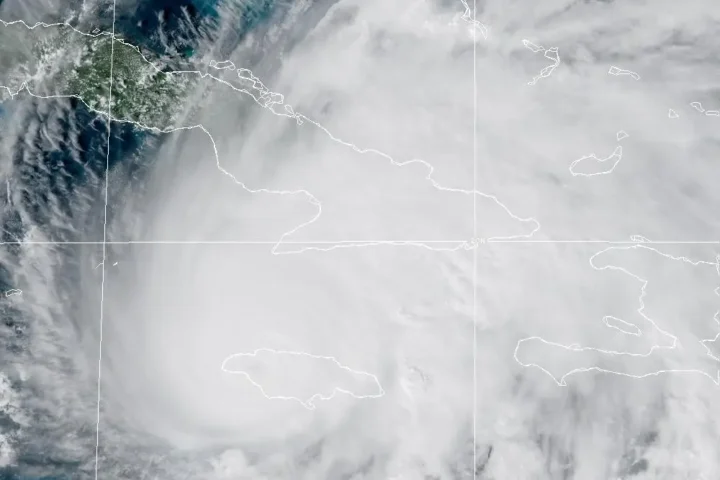According to NASA experts, a previously uncharted subterranean source contributes to the substantial amount of water that irrigates the fruitful Central Valley farmland annually, accounting for roughly 10% of the total. The study conducted by NASA reveals that an average of 4 million acre-feet of water is transported via the soil and fractured rocks beneath the Sierra Nevada mountains in California to the Central Valley on an annual basis. NASA study sheds light on groundwater fluctuations in California & brings attention on the challenges that will arise for agriculture and other uses.
According to federal authorities, the Central Valley occupies a mere 1% of the country’s agricultural land but produces an impressive 40% of its fruits, vegetables, and nuts each year, due to the intense utilization of groundwater pumping for irrigation and the capture of river and stream flows in reservoirs. Nevertheless, experts warn that the excessive pumping of water beyond the replenishment rate by nature is causing the ground level to subside and necessitating deeper well drilling. They estimate that the Central Valley experienced a yearly loss of approximately 1.8 million acre-feet of groundwater between 2006 and 2021.
Due to the exacerbating effects of climate change and human usage, water availability in the Central Valley is becoming increasingly scarce. Federal officials view studies like this as a crucial opportunity to safeguard the remaining resources. The study, helmed by scientist Donald Argus from NASA’s Jet Propulsion Laboratory in Southern California, indicated that the researchers discovered that groundwater levels fluctuate to a greater extent between dry and wet years than previously understood.


















